We may earn money or products from the companies mentioned in this post. This means if you click on the link and purchase the item, I will receive a small commission at no extra cost to you ... you're just helping re-supply our family's travel fund.
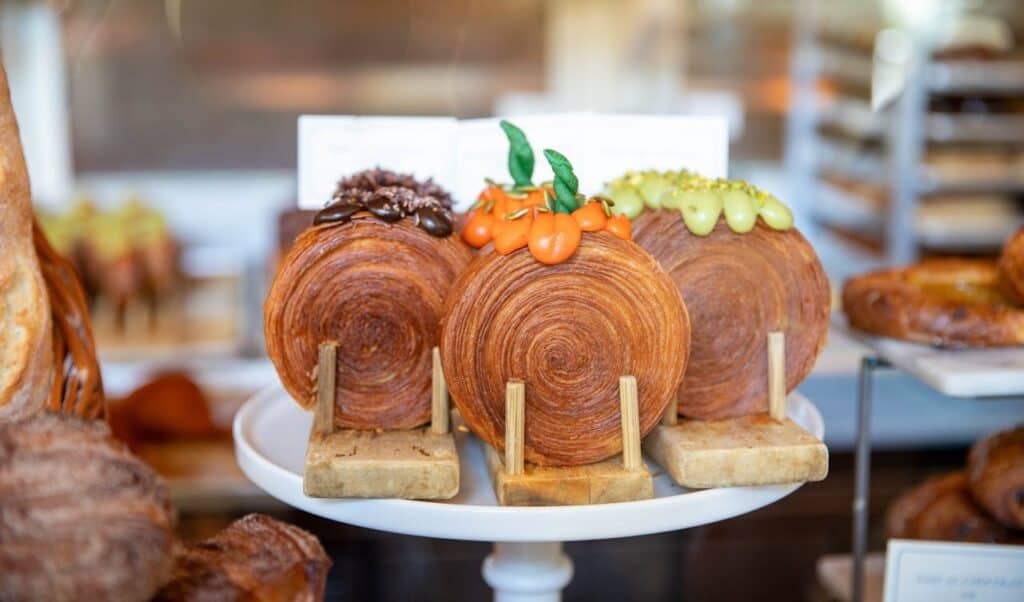
New York feeds curiosity as much as hunger. Blocks change every few steps, menus shift by season, and the best bites often hide behind unmarked doors or crowded counters. A local guide turns the maze into a tasting map, linking history, transit, and flavor into one easy loop. Time stretches because decisions shrink. Lines move faster because timing improves. What follows explains why a guided food walk brings more than snacks. It delivers context, calm, and the kind of stories that stick.
Know Where To Go, Right Now
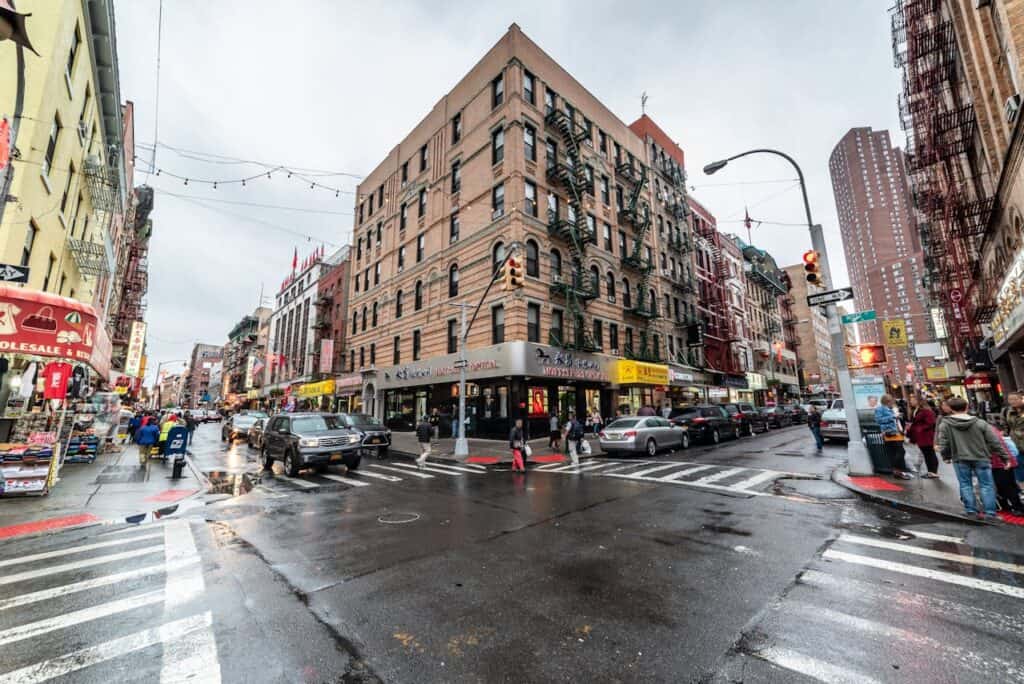
A guide tracks what is fresh, who is cooking, and when lines ease, then builds a route that lands at peak moments. One stop might be a family bakery pulling sesame rings at 10 a.m., the next a steam cart serving dumplings just as lids lift. Instead of wandering, the group moves with purpose and still feels unhurried. Neighborhoods open naturally when someone local reads the block, the prep schedule, and the weather in real time.
Hard To Get Tastes Without The Wait
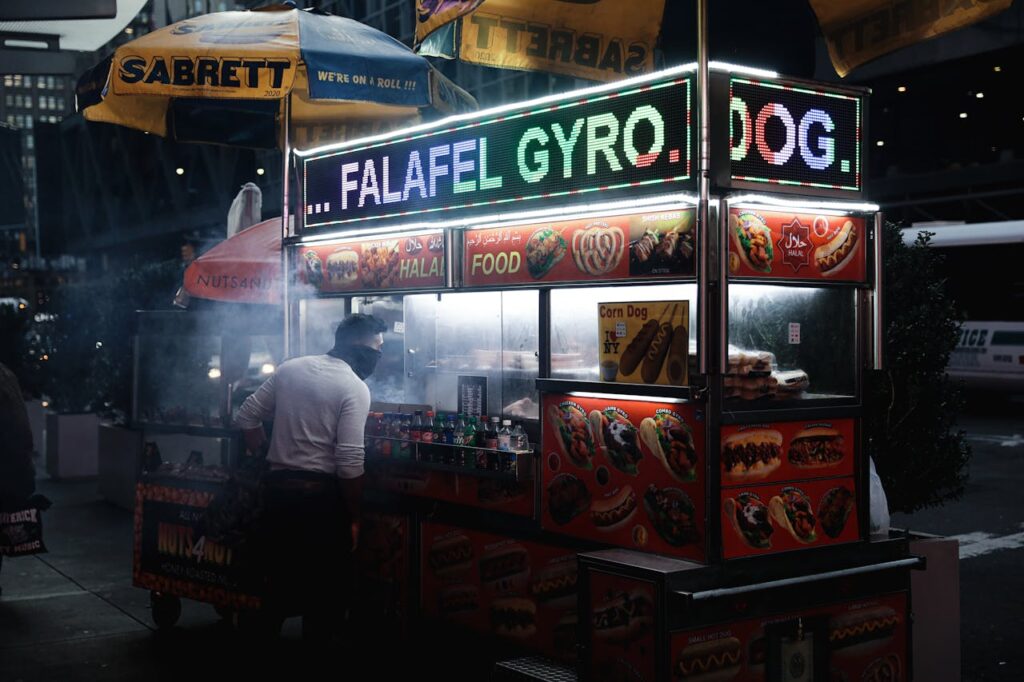
Some counters sell out by noon or serve only a few items per day. A guide sets arrivals to match drop times, introduces the crew, and orders cleanly so samples appear without chaos. That simple choreography turns scarce bites into shared plates before they vanish. It is not special access so much as good timing, polite presence, and steady relationships. The payoff tastes like hot bread, fried fish just out of the oil, and pies that never reach the display.
Neighborhood Context In Every Bite
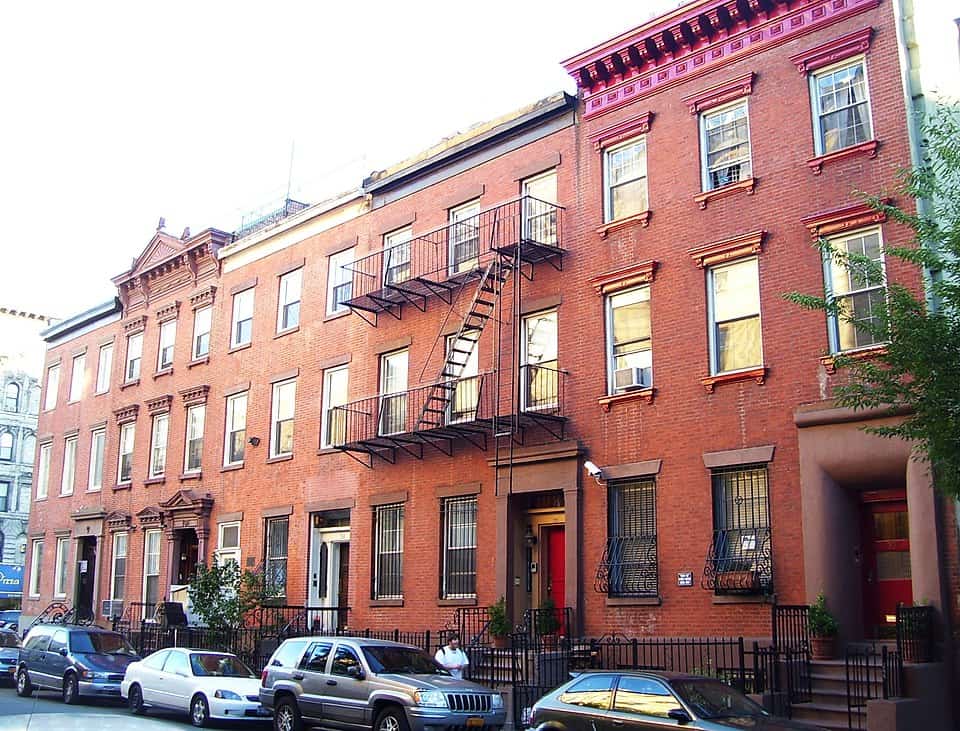
Food tastes brighter with a map in mind. Guides point out tenement windows above a deli, a former pier behind a ceviche stand, or a mural that explains a spice mix at a Yemeni cafe. History lands as short, useful notes, and the block’s layers make sense without a lecture. By the last stop, a sandwich reads like a small archive: migration, labor, and weekend family tables folded into bread, herbs, and heat. Memory holds onto that.
Smarter Portions, Better Pacing

Too much at the first stop ruins the afternoon. A good tour balances salty, sweet, and fresh, keeps portions small, and adds water and short walks between bites. Palates reset, energy steadies, and no one ends up carrying leftovers in a warm bag. The route builds from quick tastes to a sit down finish, so the finale feels earned rather than heavy. It is the difference between sampling a city and surrendering to a food coma by noon.
Dietary Needs Solved Without Fuss
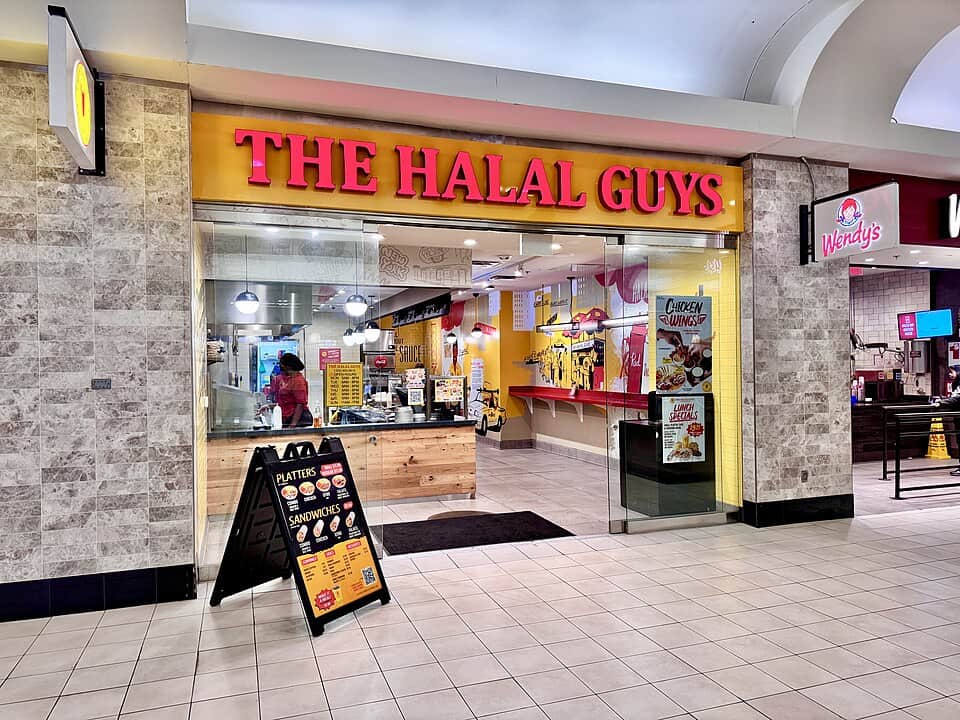
Vegetarian, halal, gluten sensitive, nut aware, or dairy light, a guide plans substitutions that feel intentional, not second best. Vendors hear clear notes in advance, cross contact is managed quietly, and plates arrive at the same time. No one waits while others eat, and no one risks a guess at a crowded counter. The result is inclusion that reads as hospitality, not spotlight. New York has range; a local simply organizes it so everyone eats well and safely.
Hands On Skills And Ordering Tips

Ordering in New York is its own language. A guide teaches how to ask for a bodega sandwich cleanly, what a slice joint expects, and why a bagel shop moves the way it does. Small lessons stack fast: cash vs card, line etiquette, and when to add hot sauce. These details travel beyond the tour, turning future meals into calm, confident moments. By day’s end, even shy travelers sound like regulars at a busy counter.
Real Value Without Guesswork
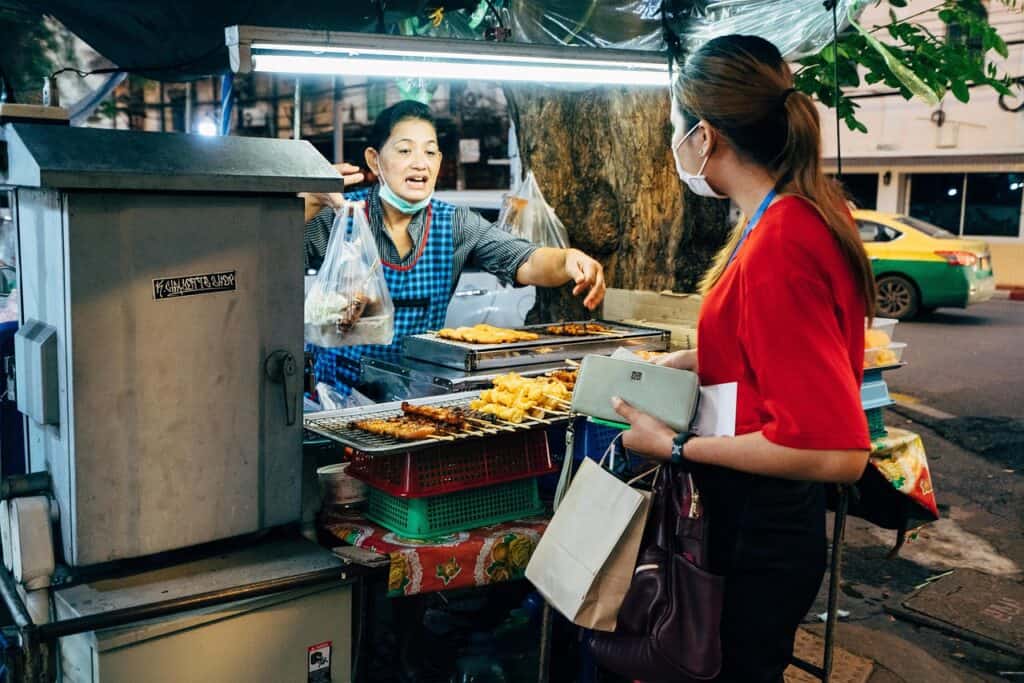
A tour fee covers tastings that would cost more if chosen at random, plus transit saved, lines skipped, and mistakes avoided. Portions match curiosity rather than appetite alone, and money lands with small businesses that keep neighborhoods distinct. The math feels fair when the last stop ends with a full sense of the area and zero food waste. It is value measured in flavor, time, and assurance that the right places were found on the right day.
Safer, Easier Logistics Year Round
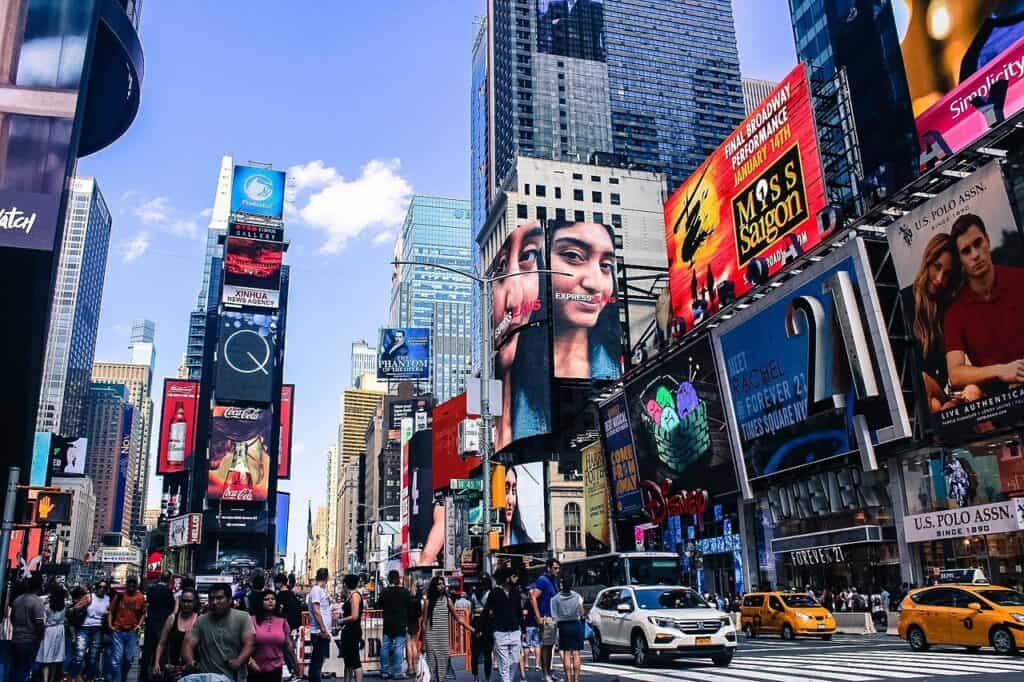
Weather, weekend crowds, and subway changes can scramble good plans. A guide adjusts on the fly, knows indoor detours, and keeps the group on shaded blocks in July or wind blocked streets in Jan. Clear meeting points, backup stops, and reserved tables reduce stress. That calm shows up in photos and in the way conversations flow between bites. The city feels friendly when someone local handles the small frictions that usually trip a great day.